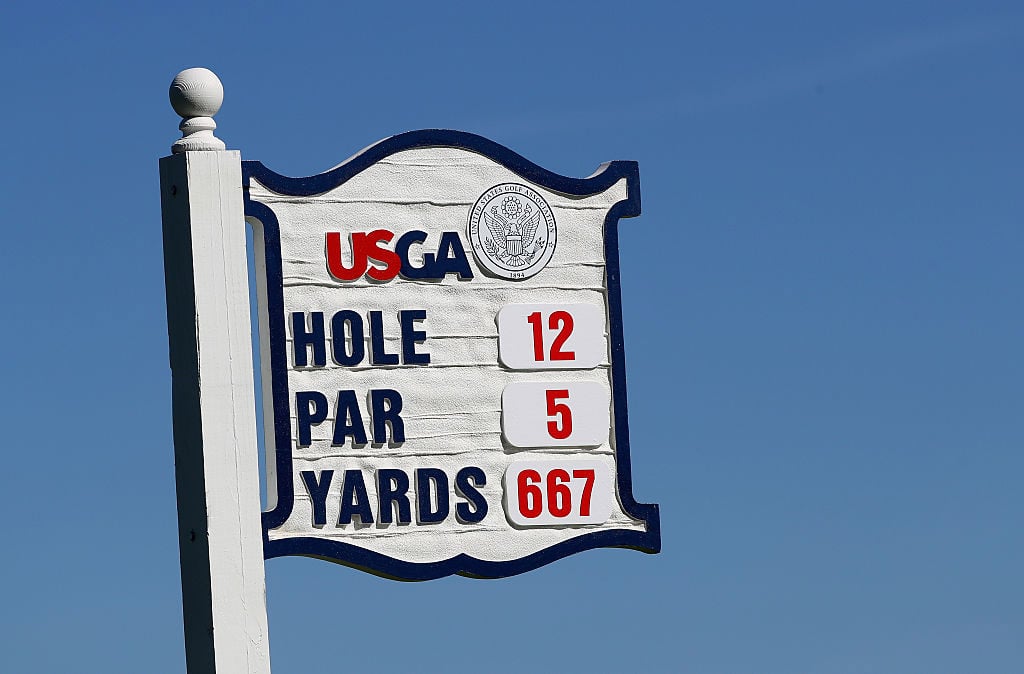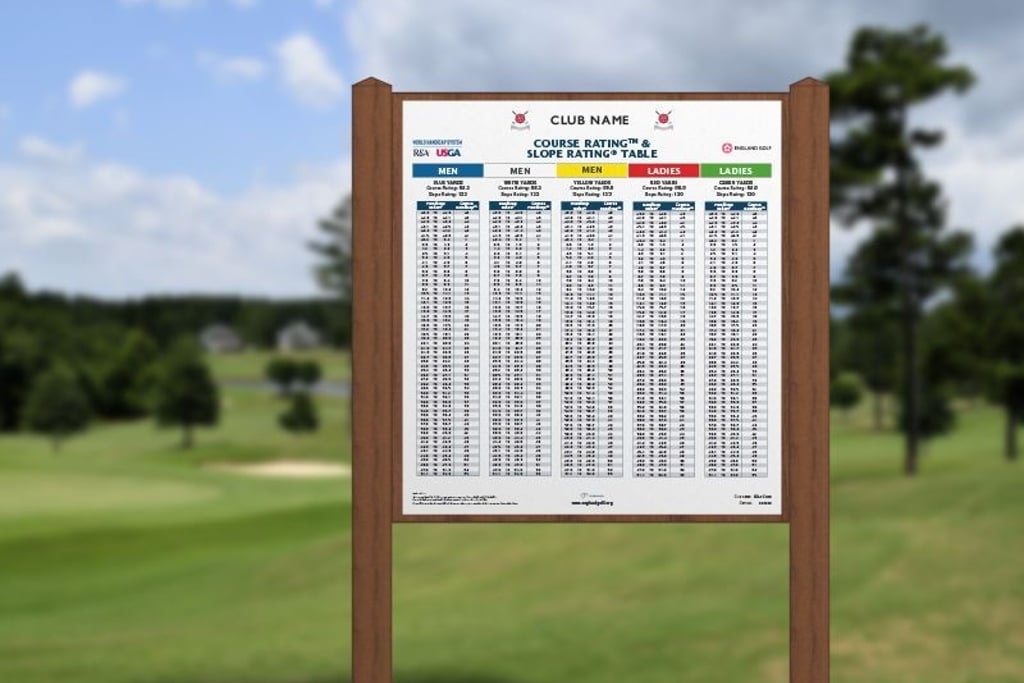The way your Course Handicap is worked out under the World Handicap System has changed. Great Britain and Ireland has joined many other handicapping associations around the globe by including a Course Rating minus Par adjustment.
But what is this term, what does it mean, and how does it affect the number of shots you receive? Let’s take a look…
Here’s what you need to know about Course Rating minus Par
What is course rating?
First things first. You need to be on top of a metric lots of golfers misunderstand.
The Course Rating represents the difficulty of a course for a scratch golfer. That’s a ‘0’ handicapper – not +1 or 1. Zero.
If a course has a par of 71 but a course rating of 72, it’s the latter number our scratch golfer is expected to record if they played a round.
What is Course Rating minus Par?
It is an adjustment for the difference between the Course Rating and par of the course you are playing.
Prior to April 2024, your Course Handicap was worked out using this calculation: Handicap Index x (Slope Rating/113).
But Course Rating minus Par is pretty much as it says on the tin. Take that number, minus the par of the course, and add that to your Course Handicap calculation, which now looks like this:
Handicap Index x (Slope Rating/113) + (Course Rating – Par)

How does this work in practice?
Really simply. If the par of your course is lower than the course rating, you will receive extra strokes. If the par is higher, you will lose strokes. This will apply to every handicap.
Let’s show how it works in practice.
In crude terms, a layout with a course rating of 73.6, but a par of 72, would see 1.6 shots added to your Course Handicap.
A course with a rating of 69.5, but a par of 70, would see half a shot taken from your Course Handicap.
What is the impact?
Players now play to par and not the rating for handicapping purposes.
Advertisement
With most clubs having a different Course Rating for each tee, your Course Handicaps will move a bit more between tee sets as Course Rating minus Par is applied.
You should also be able to play from different tees without needing an adjustment.
These would only come into play if the pars of the respective courses were different.
Even then, it should make mixed gender events far easier to organise because all you need to cater for is the difference between the pars.
Lower handicappers could also see some ephemeral benefits – particularly on layouts which have a more difficult course rating.
Let’s take our 73.6 rated course, as an example, and consider a scratch and 18-handicapper. Both will now receive 1.6 shots. Which of those golfers, though, is likely to find this more beneficial?
The scratch handicapper won’t see their bounty subject to as big a chop under the Playing Handicap in club competitions either.
Now have your say
What you think about this? Do you welcome the changes? Let me know by leaving a comment on X.
Advertisement
